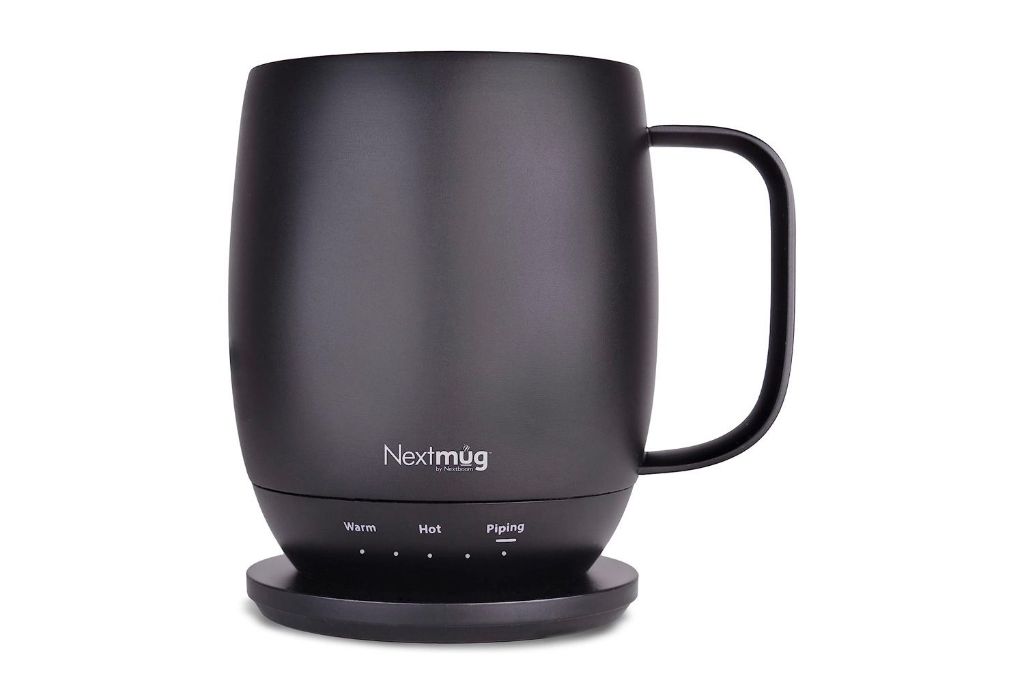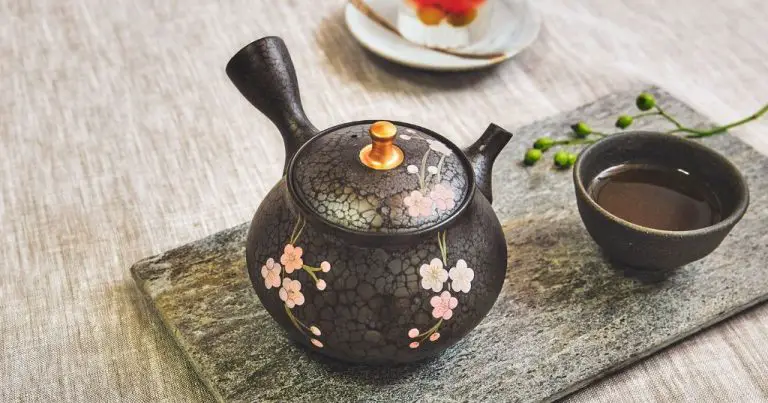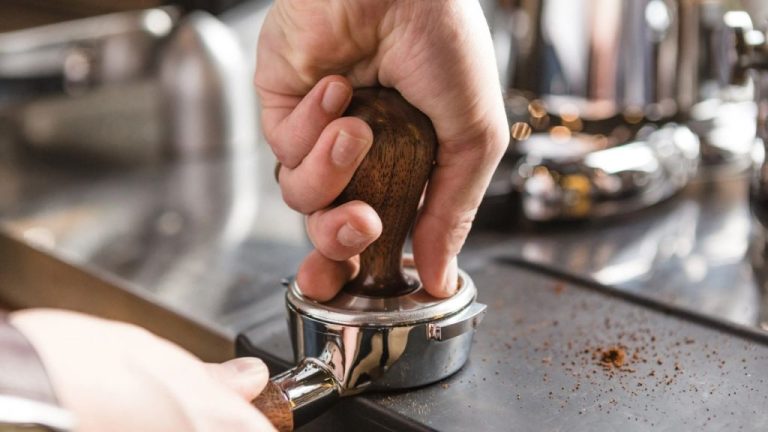Do Clay Mugs Keep Coffee Hot?
Coffee is one of the most popular beverages around the world. In the United States alone, over 60% of adults drink coffee every day, with the average coffee drinker consuming around 3 cups per day (Source 1, Source 2). That adds up to over 400 million cups of coffee consumed in the U.S. daily.
With coffee playing such an integral role in many people’s daily routines, the vessels used to brew and drink coffee are equally important. Ceramic mugs are a popular choice due to their durability and heat retention abilities. But do ceramic mugs actually keep coffee hotter for longer than other materials?
Heat Retention of Ceramic Mugs
Ceramic is well known for its ability to retain heat due to its specific material properties. Ceramic has a lower thermal conductivity than metals like steel or aluminum. Thermal conductivity measures how quickly heat can transfer through a material, and lower conductivity means heat travels through the material more slowly (https://thermtest.com/keeping-your-warm-drinks-warm-a-thermal-properties-approach).
Ceramic also has a higher heat capacity and specific heat than many common mug materials. This means it takes more energy to raise the temperature of ceramic. As a result, ceramic can absorb and retain more heat energy before its temperature changes. The porous nature of ceramic, which results in small air pockets within the material, also helps trap heat (https://www.quora.com/Why-do-ceramic-coffee-mugs-hold-less-heat).
These properties allow ceramic mugs to retain heat from hot liquids for longer periods of time compared to materials like glass or metal.
Thickness and Texture Impact
Research shows that thicker ceramic mugs retain heat longer than thinner mugs. According to a study by K Bowen published in Evaluating the Relationship between Ceramic Wall Thickness and Vessel Function, “vessels retained heat and was based on the expectation that thicker-walled vessels would function as insulators.” The thickness provides more insulation and prevents heat from escaping the coffee.
Additionally, ceramic mugs with rougher textures and more uneven surfaces tend to retain heat better than smooth surfaces. The microscopic nooks and crannies in textured ceramics provide more insulation which keeps the coffee hot. As Thermtest explains, “The thermal conductivity of a ceramic mug is approximately 3.8 W/mK, while the thermal conductivity of the glass mug is approximately 1.1 W/mK.” The lower thermal conductivity of ceramic allows it to retain heat better than other smooth materials like glass.

Comparing Ceramic to Other Materials
When it comes to retaining heat, ceramic mugs have some advantages over other common mug materials like glass, plastic, and metal. According to research by Thermtest, ceramic has a lower thermal conductivity than metals like stainless steel. This means heat dissipates more slowly from ceramic than metal [1].
Ceramic also has a lower thermal conductivity than materials like plastic and glass. The air pockets in ceramic create insulation that retains heat better than solid glass or plastic which quickly conduct heat away from the liquid inside. Tests show coffee stays hotter longer in a ceramic mug than a glass or plastic mug [2].
The only material that may keep coffee hotter than ceramic is a double-walled vacuum insulated stainless steel mug. However, many people prefer the look and feel of ceramic over metal. For optimal heat retention in a ceramic vessel, choose a thicker mug with an insulating handle.
Testing Temperature Over Time
Researchers have conducted experiments to test how well ceramic mugs retain heat compared to other materials. One study published by the PLM Group tested ceramic, glass, and takeaway paper cups filled with 200 ml of 85°C coffee. They measured the temperature every 30 seconds for 15 minutes. The results showed that after 15 minutes, the coffee in the ceramic mug was 46°C, compared to 34°C in the glass mug and 28°C in the paper cup. The ceramic mug’s thicker walls and lower thermal conductivity kept the coffee hotter for longer.
Another experiment by Glew Engineering filled ceramic, glass, and paper espresso cups with coffee at 90°C. After 5 minutes, the ceramic cup measured 59.4°C, the glass cup 57.2°C, and the paper cup just 51.1°C. The thermal properties of ceramic, like its heat capacity, insulation, and slow conduction rate, enable it to retain heat effectively.
Overall, tests conclusively show that ceramic mugs keep coffee hotter over time compared to glass or paper cups. The ceramic material insulates the coffee and slows heat transfer to the surroundings. Thicker ceramic also holds more heat energy. This superior ability to retain heat makes ceramic one of the best choices for hot coffee drinkers.
Insulating Properties of Handles
The handle on a ceramic mug serves an important function beyond just providing a grip – it also impacts how quickly the mug loses heat. Ceramic is an excellent insulator, meaning it prevents rapid heat transfer. The main body of a ceramic mug retains heat effectively. However, the handle creates additional surface area that is not in direct contact with the hot liquid. This allows more heat dissipation through the exposed handle.
According to research, a mug with an insulated handle can keep liquids hotter for longer compared to a handleless mug or one with a thin, uninsulated handle. The handle material, thickness, and attachment method all impact the rate of heat loss. Fully insulated handles that are thickly glazed or incorporate an inner air gap help reduce conductive heat transfer. Limited points of contact between the handle and mug body also minimize heat conduction. Ultimately, proper handle design helps maximize the heat retention properties of the ceramic material.
Some handled mugs even have double-wall insulation in the handle to further prevent heat dissipation. The insulative properties of handles allow for comfortable and safe handling, while also extending the time liquids inside the mug will remain piping hot.
Ceramic Safety and Durability
Ceramic mugs are generally considered safe and durable if handled properly, according to experts. Ceramic glazes used on mugs and other drinkware are usually made from natural materials like sand, feldspar and clay minerals fused onto the mug at extremely high temperatures, making them safe for contact with food and drinks (Are Ceramic Lined Mugs Safe? Everything You Need To Know). As long as the glaze stays intact, there should not be any leaching of chemicals or lead into beverages from a ceramic mug.
The American Ceramic Society states that ceramic tableware, including mugs and cups, is rigorously tested for lead and cadmium release to meet FDA standards in the US. Reputable ceramic mug manufacturers also follow food safety protocols and guidelines (Are ceramic cups bad for health?).
In terms of durability, quality ceramic mugs can withstand hundreds of cycles through the dishwasher and microwave without the glaze deteriorating or colors fading. However, ceramic is breakable if dropped or mishandled. Following the manufacturer’s care instructions is advised to get the longest life from ceramic drinkware.
Downsides of Ceramic Mugs
While ceramic mugs excel at retaining heat and keeping coffee hot, they do have some drawbacks worth considering. Ceramic mugs can be quite heavy and cumbersome compared to travel mugs made of stainless steel or plastic. According to https://www.coffeemugcollection.com/pros-cons-of-ceramic-mugs/, the thick walls required for heat retention make ceramic mugs weigh more than other materials.
Ceramic mugs are also more fragile than other options. As https://www.themugglife.com/ceramic-mugs-advantages-and-disadvantages/ points out, ceramic mugs can be easily cracked or shattered if dropped. They require careful handling and prep work if you intend to travel with them. Ceramics are durable, but not indestructible like stainless steel. Breakage can happen if mishandled.
While the heat retention of ceramic is excellent, some people find the material gets too hot to handle comfortably. The insulation of stainless steel or plastic mugs can be preferable for those wanting to sip their coffee immediately versus waiting for a ceramic mug to cool. There are some techniques to help cool down hot ceramic more quickly. But for portability and immediate drinking, other mug materials have an advantage over ceramic.
Tips for Keeping Coffee Hot
While ceramic mugs help retain heat, there are additional tips for keeping coffee hot for longer:
- Preheat your mug by filling it with hot water while the coffee brews (Coffee Hero). This helps the mug absorb heat.
- Use a thermally insulated travel mug if you’ll be on-the-go, as these retain heat much better than plastic or paper cups (Real Simple).
- Add a splash of milk or cream, as this helps retain heat longer than black coffee.
- Use a mug warmer or mini crockpot to keep coffee hot at your desk.
- Brew coffee at slightly higher temperatures, around 205°F. Hotter coffee stays hot longer.
- Limit opening the lid to let steam escape.
- Pour coffee into a preheated thermos if you need to keep it hot for hours.
With some preparation and the right gear, you can keep coffee hot for as long as you need.
Conclusion
In conclusion, ceramic mugs made from clay materials have excellent heat retention properties that keep coffee hotter for longer compared to disposable paper cups or plastic travel mugs. The natural insulating abilities of ceramic, combined with design factors like thick walls and enclosed handles, help prevent rapid heat loss. While ceramics may not keep coffee as hot as a vacuum-insulated stainless steel mug, tests show clay mugs maintain temperatures 10-15 degrees higher than other materials after 30 minutes. Ceramic’s heat retention, durability, and pleasing aesthetic make it a great choice for slowly sipping and enjoying hot coffee.
The key points we covered were that the thickness, texture, and material composition of ceramic clay enables it to retain heat well. Ceramic insulates better than materials like plastic, glass, or thin disposable cups. Handles and lids also boost heat retention. While ceramic has vulnerabilities like cracking if dropped, it is generally a safe, eco-friendly, and effective option for a hot drink mug.
In summary, ceramic mugs made from clay retain heat efficiently to keep coffee hotter for longer without the need for electronics or batteries like an electric mug warmer. Ceramic’s natural insulating properties allow leisurely enjoyment of hot coffee.


